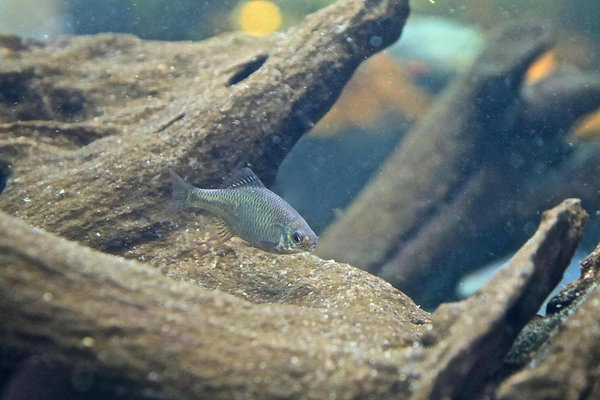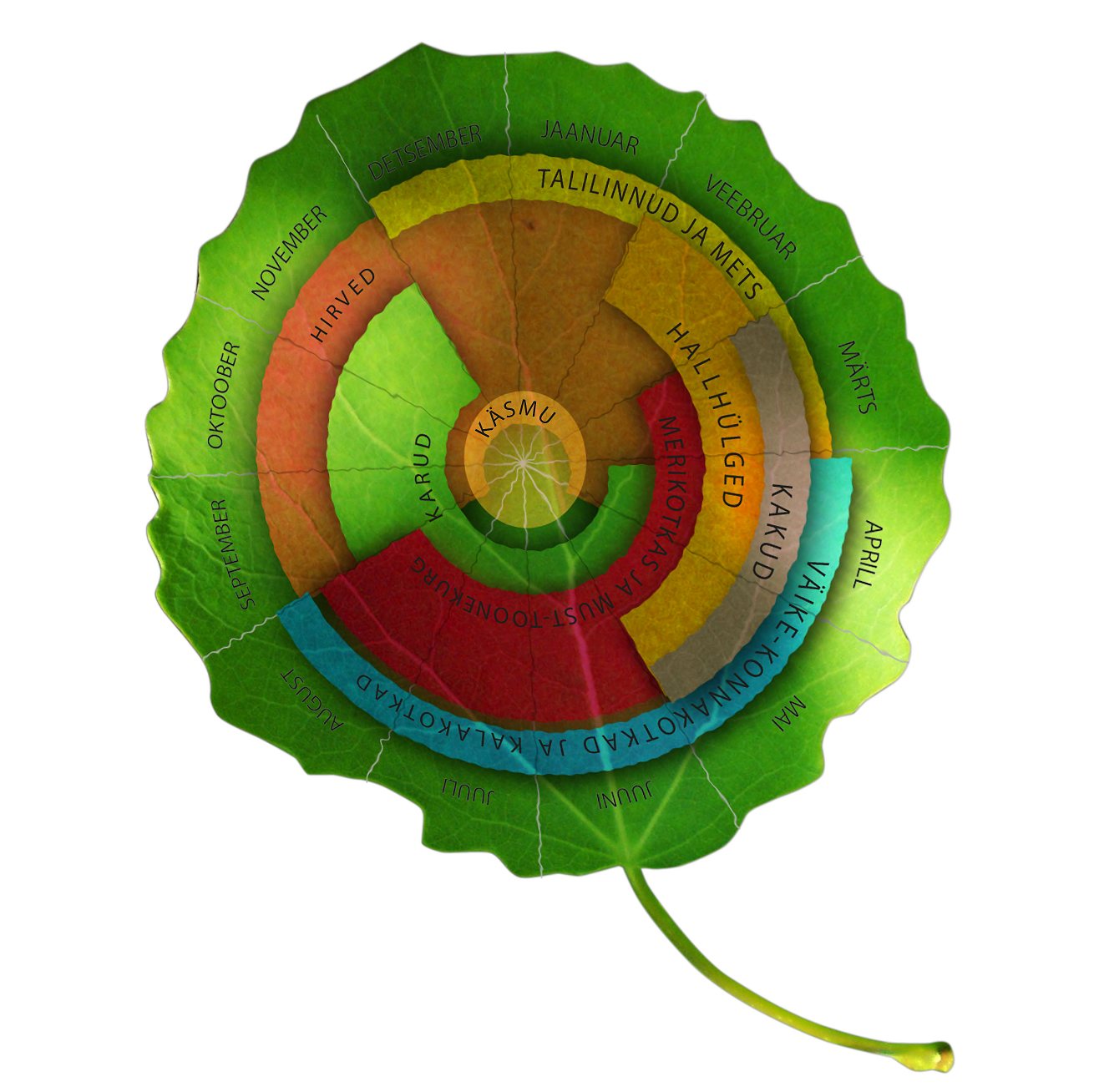Text and images Tiit Hunt, www.rmk.ee
English translation Liis
Estonian text posted 27.02.2019
Most frequently new species have arrived to
The small European bitterling (Rhodeus amarus), up to
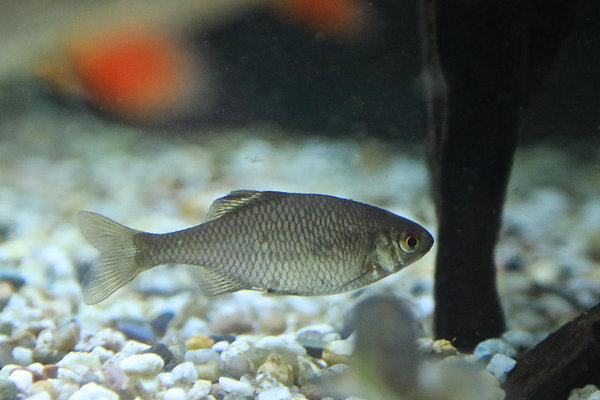
During the spawning period from April to June the males in wedding turnout with bright pink sides and a red anus and dorsal fin might catch note, they seem like aquarium fish.
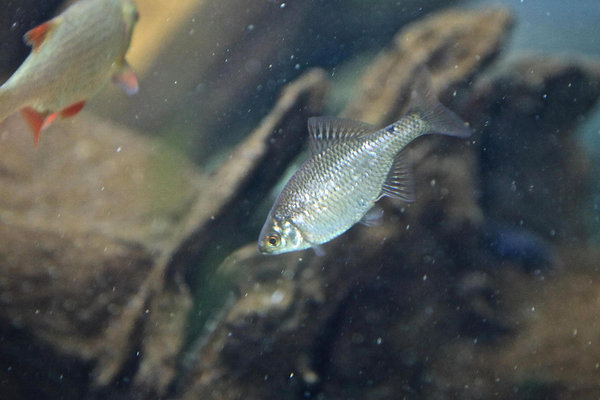
As shown by the photos the photographed female bitterlings have a quite modest appearance and the bluish streak running along the tail stem is not noticeable. The species is common in Central and Eastern Europe, also in
The bitterlings found in
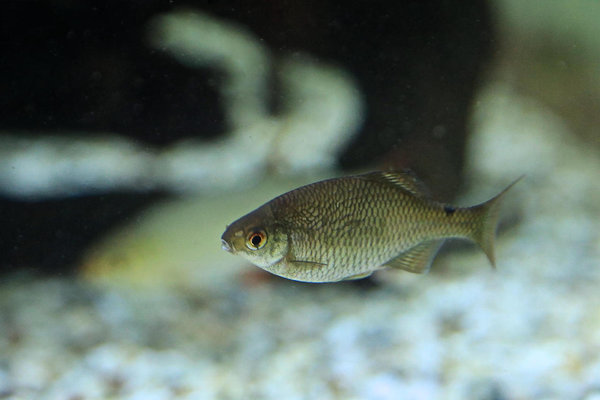
The propagation strategy of the European bitterling is very peculiar: unlike our other fish species bitterlings place their roe in the gill cavity of living river or lake mussels. In order to bring the roe grains there the female fish develops a long egg-laying tube or ovipositor from the urogenital tract by which the roe grains are inserted in the mantle space of the mussel. The male bitterling then utilises the water that the mussel breathes to get the milt to the roe grains. The cloud of sperm excreted by the male enters into the mussel with the breathing water whereupon the roe grains in the gill chamber are fertilized. The spawning takes place from April to June. The larvae stay in the gill hollow of the mussel until the egg sac is used up. After about a month of development the hatched fry exit and at once begin to feed actively.
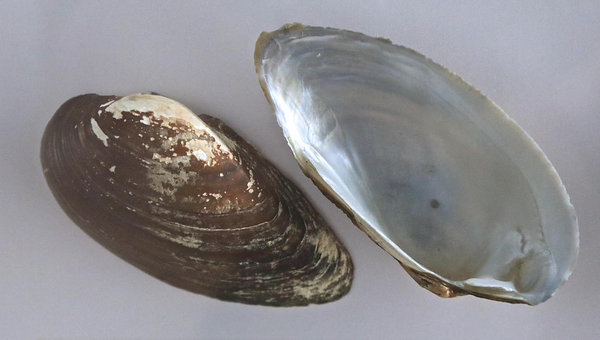
Earlier the female bitterling was used to carry out pregnancy tests for women …. such an interesting new fish species.
